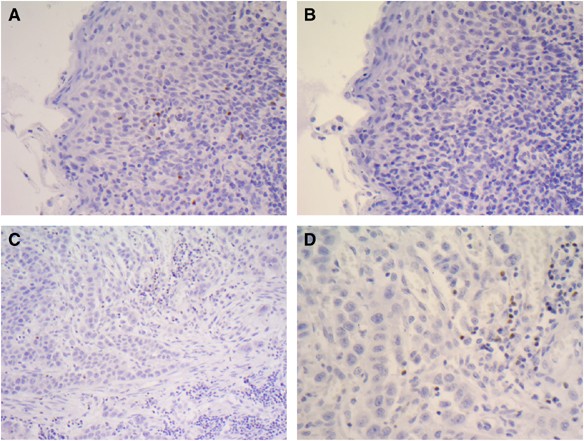- Select a language for the TTS:
- UK English Female
- UK English Male
- US English Female
- US English Male
- Australian Female
- Australian Male
- Language selected: (auto detect) - EN
Play all audios:
ABSTRACT II. WHILE the Paris Basin was yielding such important results for palseontology, its geological structure was being worked out with great care. The results appeared in a volume by
Cuvier and Alex. Brongniart, chiefly the work of the latter, published in 1808.2 This was the first systematic investigation of tertiary strata. Three years later, the work was issued in a
more extended form. The separate formations were here carefully-distinguished by their fossils, the true importance of which for this purpose being distinctly recognized. This advance was
not accepted without some opposition, and it is an interesting fact that Jameson, who claimed for Werner the theory here put in practice, rejected its application, and wrote as follows: “To
Cuvier and Brongniart we are indebted for much valuable information in their description of the country around Paris, but we must protest against the use they have made of fossil organic
remains in their geognostical descriptions and investigations.”1 Access through your institution Buy or subscribe This is a preview of subscription content, access via your institution
ACCESS OPTIONS Access through your institution Subscribe to this journal Receive 51 print issues and online access $199.00 per year only $3.90 per issue Learn more Buy this article *
Purchase on SpringerLink * Instant access to full article PDF Buy now Prices may be subject to local taxes which are calculated during checkout ADDITIONAL ACCESS OPTIONS: * Log in * Learn
about institutional subscriptions * Read our FAQs * Contact customer support RIGHTS AND PERMISSIONS Reprints and permissions ABOUT THIS ARTICLE CITE THIS ARTICLE _History and Methods of
Palæontological Discovery_ 1 . _Nature_ 20, 515–521 (1879). https://doi.org/10.1038/020515a0 Download citation * Issue Date: 25 September 1879 * DOI: https://doi.org/10.1038/020515a0 SHARE
THIS ARTICLE Anyone you share the following link with will be able to read this content: Get shareable link Sorry, a shareable link is not currently available for this article. Copy to
clipboard Provided by the Springer Nature SharedIt content-sharing initiative
![[withdrawn] near miss with a track worker at llandegai tunnel](https://assets.publishing.service.gov.uk/media/6051d710d3bf7f0455a6e604/s960_Llandegai_tunnel.jpg)







